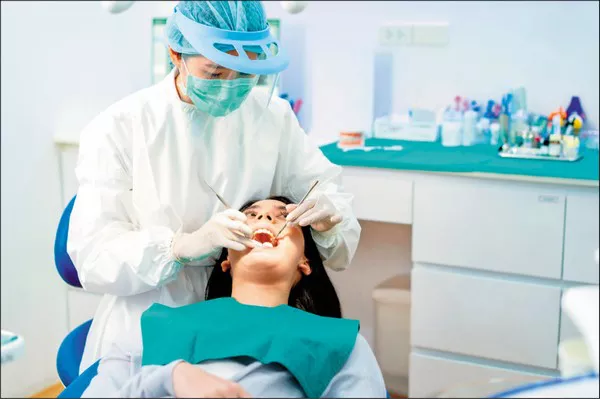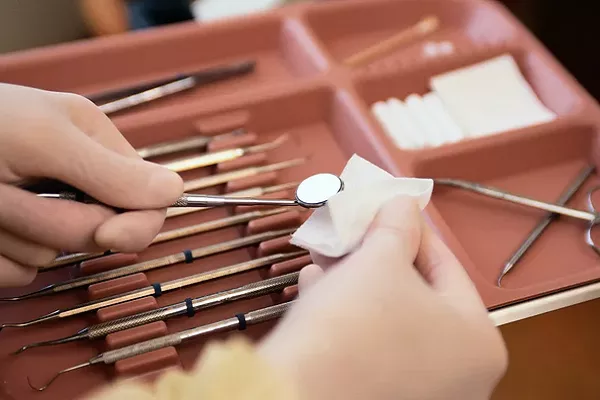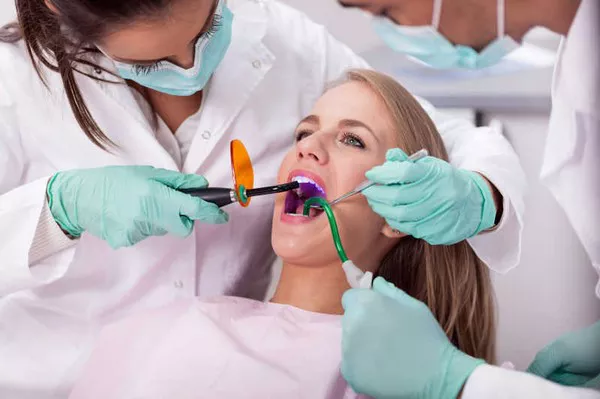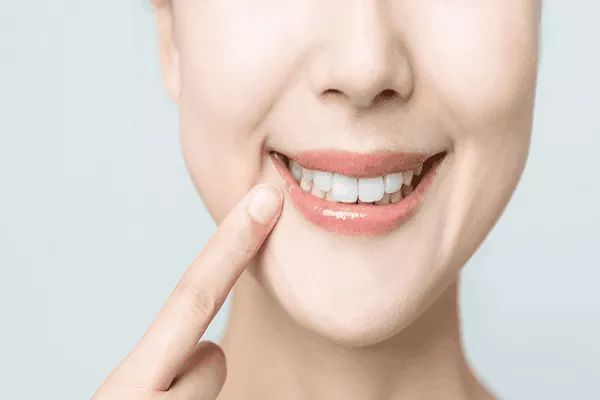Discovering that your teeth are shifting or moving can be a concerning experience. Teeth movement, also known as dental shifting or tooth migration, can occur for various reasons and may lead to discomfort or changes in your bite alignment. Understanding the potential causes and knowing how to address teeth movement is essential for maintaining your oral health. In this article, we will explore the common reasons behind teeth movement and provide guidance on what steps to take if you notice your teeth shifting.
1. Causes of Teeth Movement
1.1 Age and Natural Changes
As we age, our teeth can naturally shift over time. This is due to factors such as changes in the jawbone density and the wear and tear on the ligaments that hold teeth in place. Gradual shifting can occur even in the absence of any specific triggers.
1.2 Poor Oral Habits
Habits like thumb-sucking, tongue thrusting, and nail-biting can exert pressure on the teeth and lead to misalignment or shifting. These habits are especially influential during childhood and adolescence when teeth are still developing.
1.3 Bruxism (Teeth Grinding)
Bruxism, the habit of grinding or clenching teeth, can exert excessive force on the teeth and cause them to shift over time. This condition is often related to stress and may require intervention to prevent further movement.
1.4 Tooth Loss
When a tooth is lost or extracted, neighboring teeth may gradually shift to fill the empty space. This can lead to misalignment and changes in your bite.
1.5 Periodontal Disease
Advanced gum disease, also known as periodontal disease, can result in bone loss around the teeth. As the bone supporting the teeth weakens, teeth may shift or become loose.
1.6 Orthodontic Treatment
In some cases, teeth movement can occur even after orthodontic treatment if retainers are not consistently worn. Failing to follow post-treatment guidelines can lead to relapse and shifting.
2. Steps to Take When Your Teeth Are Moving
2.1 Consult a Dentist
If you notice that your teeth are shifting, the first step is to schedule an appointment with a dentist. A dentist can assess the extent of the movement, identify the underlying cause, and recommend appropriate treatment options.
2.2 Address Underlying Issues
Depending on the cause of teeth movement, your dentist may recommend addressing specific issues. For example, if teeth grinding is the culprit, a nightguard may be recommended to prevent further damage.
2.3 Orthodontic Intervention
In cases where teeth movement is significant, orthodontic treatment may be necessary to realign the teeth. Braces, clear aligners, or other orthodontic appliances can help correct misalignment and prevent further shifting.
2.4 Retainers and Maintenance
If you have previously undergone orthodontic treatment, wearing retainers as directed by your orthodontist is crucial. Retainers help maintain the alignment achieved through treatment and prevent relapse.
2.5 Early Intervention
If you notice even minor teeth movement, seeking prompt dental attention is essential. Early intervention can prevent further shifting and the need for more extensive treatments in the future.
2.6 Oral Hygiene and Care
Maintaining good oral hygiene is vital to prevent gum disease and bone loss, which can contribute to teeth movement. Brushing, flossing, and regular dental check-ups can help keep your teeth and gums healthy.
3. Prevention of Teeth Movement
3.1 Habits and Lifestyle
Avoid habits like thumb-sucking, nail-biting, and tongue thrusting, especially during childhood, to prevent unnecessary pressure on the teeth.
3.2 Mouthguards
If you grind or clench your teeth, wearing a custom-made mouthguard can protect your teeth from excessive forces and prevent shifting.
3.3 Maintain Oral Health
Regular dental check-ups and cleanings help detect and address issues early, preventing gum disease and bone loss.
Conclusion
Teeth movement can occur for various reasons and may have implications for your oral health and bite alignment. If you notice your teeth shifting, it’s important to consult a dentist for a thorough evaluation and guidance on the appropriate steps to take. Addressing the underlying causes, seeking timely intervention, and maintaining good oral hygiene can help prevent further teeth movement and maintain a healthy, well-aligned smile. With professional guidance and a proactive approach, you can address teeth movement effectively and maintain optimal oral health for years to come.\
Related Topics:






























